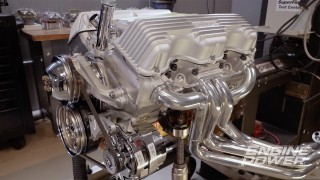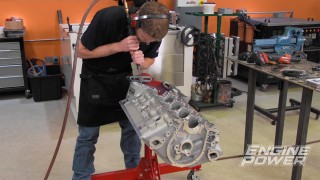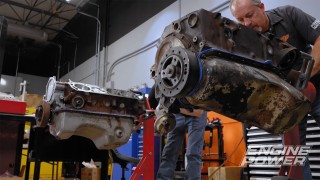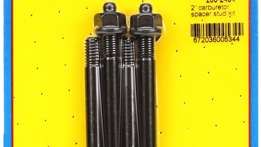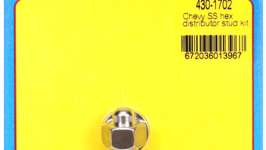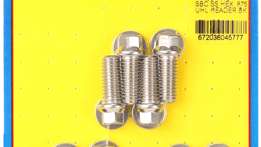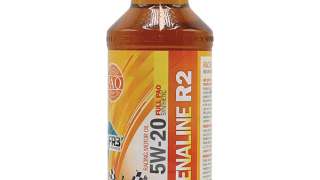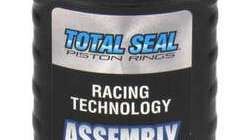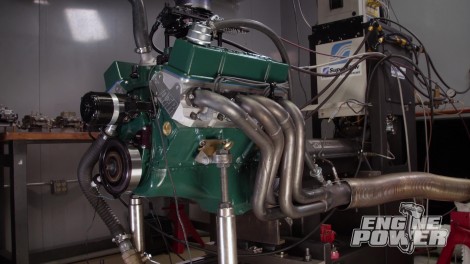
Compression Obsession: More Power
Once we finish assembly on our improved Compression Obsession 406ci SBC, we’ll run this dyno mule through its paces!
Season 10
Episode 7
Hosts: Pat Topolinski, Frankie Forman
First Air Date: May 29, 2023
Duration: 21 minutes 27 seconds




